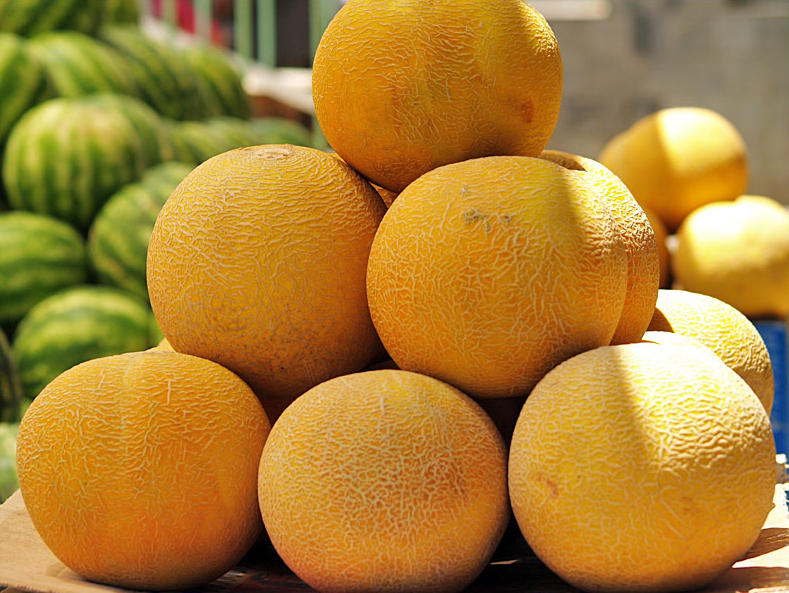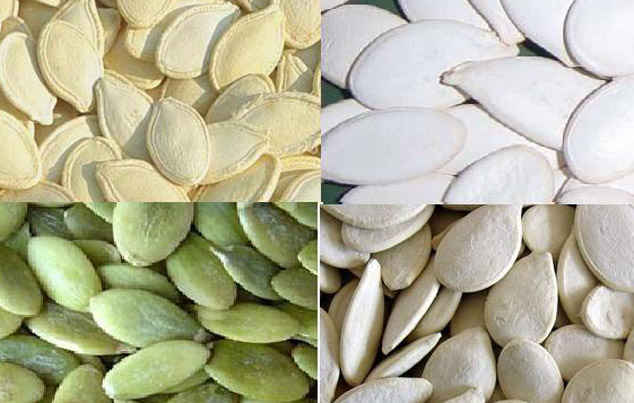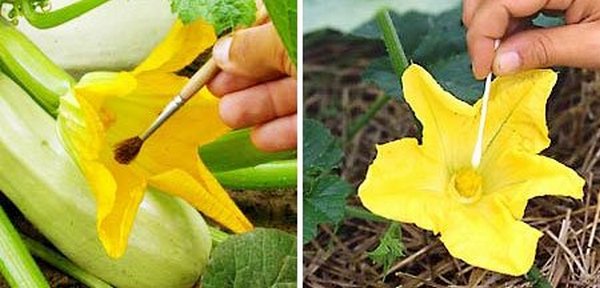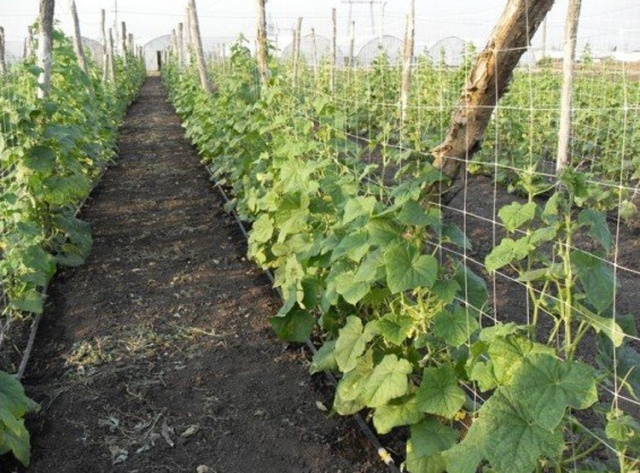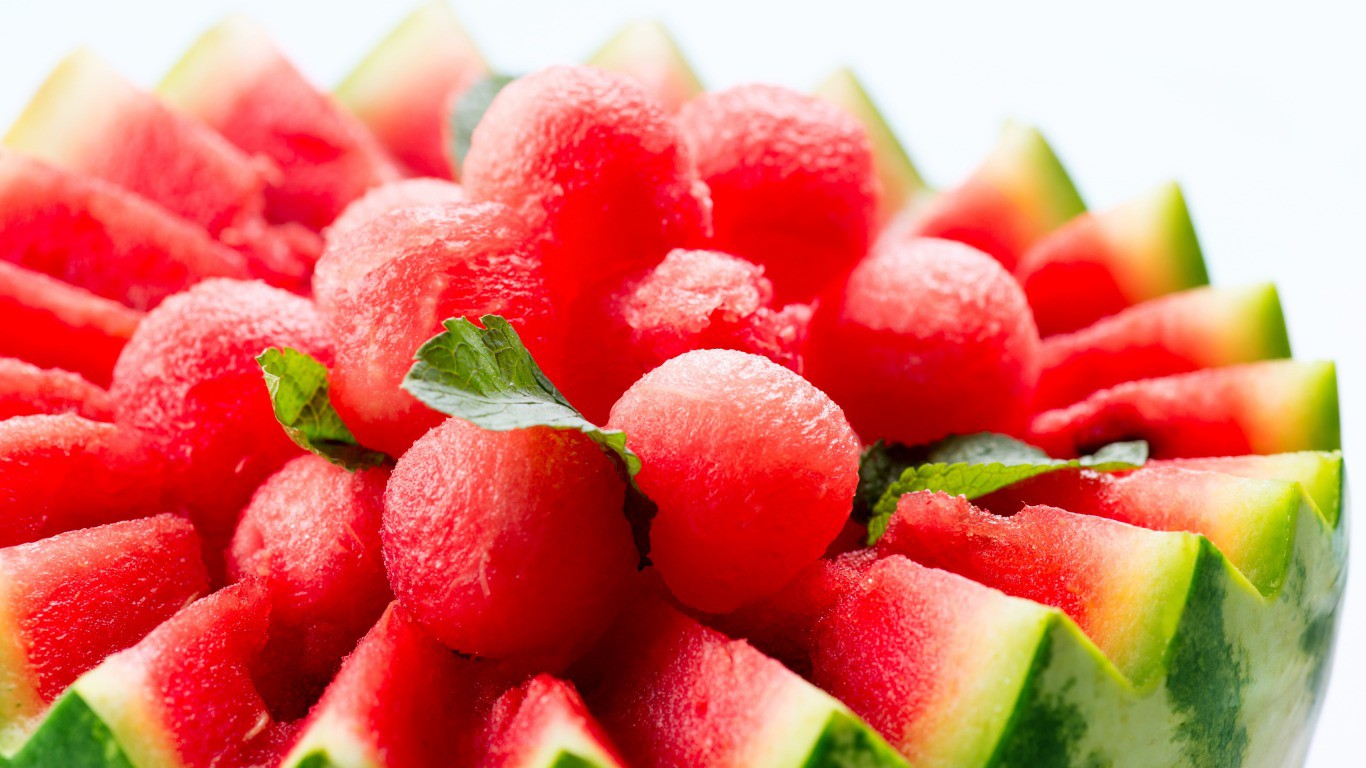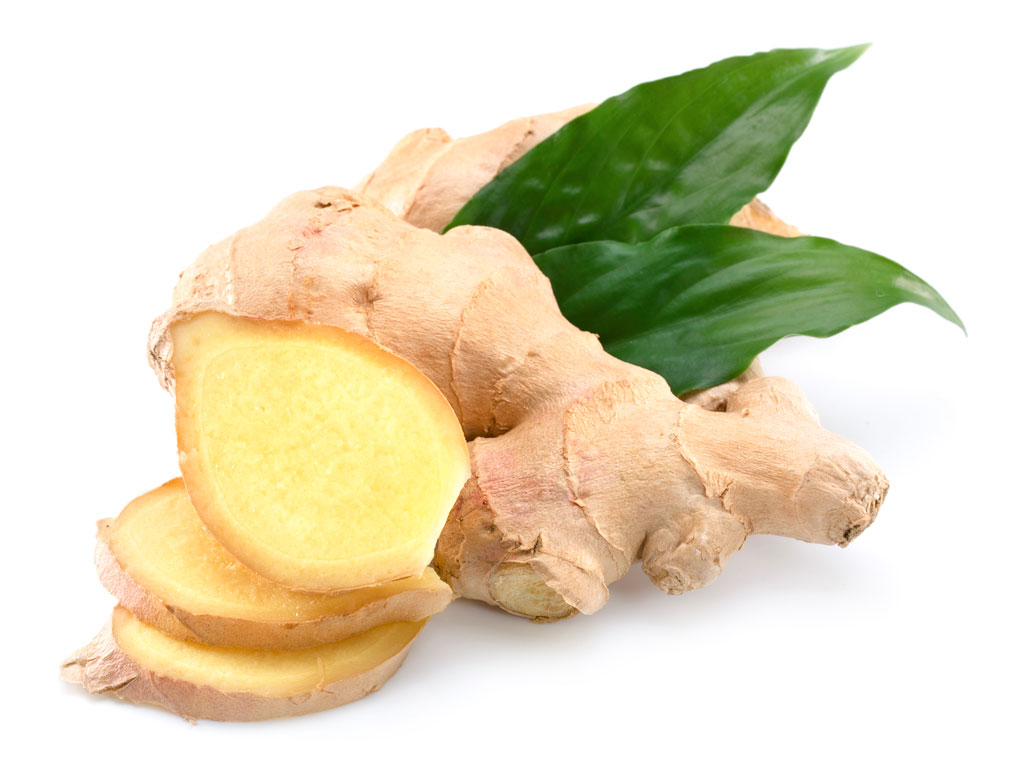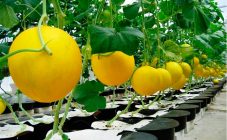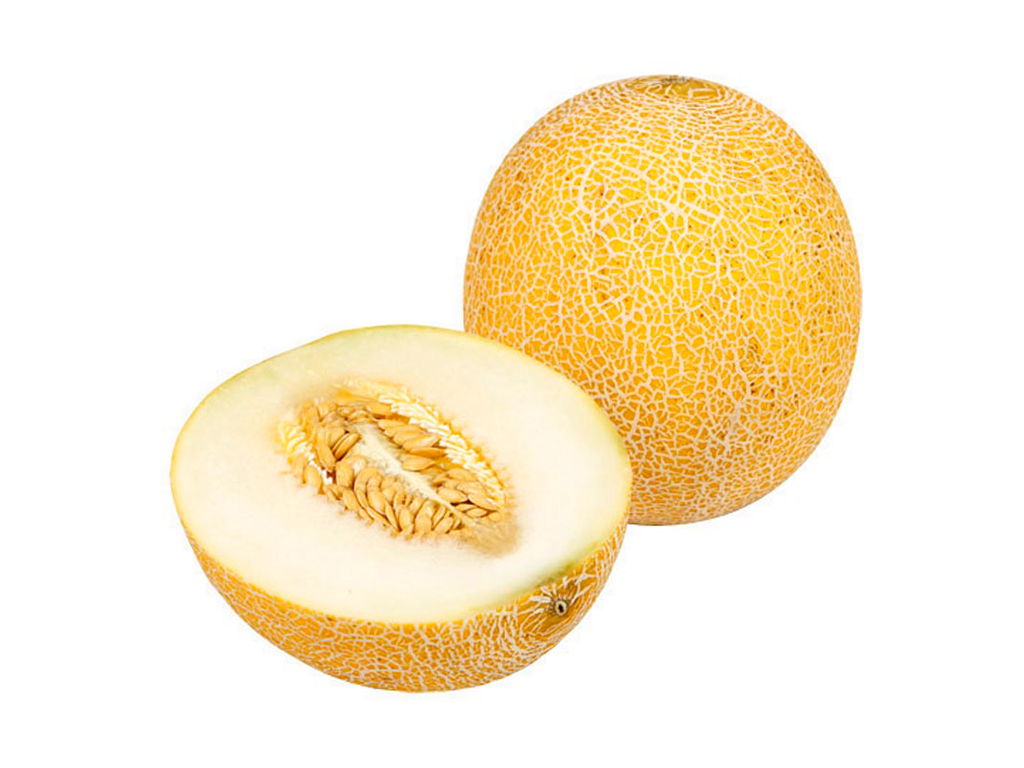Content:
- Features of agricultural technology of melons in the Moscow region
- The best melon varieties for growing outdoors in the Moscow region
- Is it possible to grow melon in the suburbs Kolkhoz woman
- Growing features
- Planting seedlings in open ground
- Plant care during the summer
- Tips and tricks from experienced gardeners
The sweet and fragrant melon is a favorite treat for adults and children. Juicy fruits grown under the warm sun enrich the human body with useful trace elements and vitamins. However, the middle zone of Russia cannot boast of a long warm summer, which is so necessary for melons and gourds. How to grow a melon in the open field in the Moscow region to get fruits no worse than those of Asian neighbors?
Features of agricultural technology of melons in the Moscow region
Melon is a thermophilic plant, therefore, for cultivation, you need to prepare a sunny extensive area of soil. Well-fertilized soil and enough sunlight will allow you to get a harvest that is not inferior in taste and fruit size to melons from the southern regions. The size of the melon ripened in the Moscow region may be slightly less than the generally accepted standards, but this does not affect its sugar content.
Watering plants should be carried out in the evening with exceptionally warm water, the temperature of which is not lower than + 21 ° C. Cooler water can slow down or even stop the development of the plant, and contribute to the occurrence of fungal infections. Watering should be plentiful during flowering and fruit formation, and by the time the crop is poured and ripe, it should be minimized. Melons do not like overly moist soil, as well as drying out.
The best melon varieties for growing outdoors in the Moscow region
To obtain a good harvest when growing melons in the open field of the Moscow region, the correct selection of the variety is very important. When planting a melon, preference should be given to plants with a relatively short growing season, the development and maturation of fruits in which is 60 - 75 days. Such varieties are well adapted to the weather conditions near Moscow and, subject to the basic rules of agricultural technology, they give an excellent harvest. Among them, the following stand out:
- Collective farmer;
- Golden;
- Scythian gold;
- Altai;
- Alina;
- Tamanskaya;
- Mohawk F1.
You can also use seeds collected yourself from the fruits you like, but it should be borne in mind that for good germination of the planting material, you need to provide a dormant period of at least 2 years. Seeds harvested on their own from hybrid melons may not yield the desired yield, because splitting into the original parent varieties may occur during subsequent cultivation.
Is it possible to grow melon in the suburbs Kolkhoz woman
For a long time, the Kolkhoz Woman has been the undisputed favorite of many summer residents in the Moscow Region. Melon Cultivation A collective farmer in the Moscow region does not cause much trouble for gardeners. The culture pleases at the end of summer with not very large bright yellow fruits with a pronounced aroma and sweetness. The plant can be cultivated in open ground in well-lit areas.
This variety is ideally adapted to local weather conditions, therefore, in late August - early September, summer residents will receive well-ripened fruits, regardless of the characteristics of the summer. When the melons begin to fill and ripen, you can lay a middle layer of dry straw under them, this will speed up the ripening process and protect against spoilage from soil moisture. Harvesting is necessary gradually, as it ripens, which is determined by a special melon aroma.
Growing features
Given the weather conditions of the area, you need to grow melons in a seedling way. Young shoots of the plant do not tolerate transplanting well enough, so you need to try to carry out all the manipulations as carefully as possible, without disturbing the surrounding earthen lump.
It is best to plant seeds for seedlings after April 15, because by this time the daylight hours become sufficient and natural light will be enough for young plants. If cloudy and rainy weather prevails, then it is necessary to turn on additional lighting for several hours a day, so that young shoots can grow normally and do not become thinner when pulled sharply. For planting, you need to choose whole large seeds that are not damaged.
Seeds selected for planting must be soaked in a warm saturated solution of potassium permanganate (potassium permanganate) for 30 minutes, then rinsed well with a plentiful stream of running water. Before planting in the soil, the seed can be placed on top of a wet, dense cloth. After a while, the shutters of the seeds will begin to open, it's time to plant them.
A thin layer of a mixture of coarse sand and steamed sawdust is poured into small disposable cups or pots at the bottom, and moistened with soil on top. One seed is placed in a cup, sprinkled with a layer of soil no thicker than 2 cm. Small cups can be covered with a transparent film and placed in a warm, bright place until shoots appear. The air temperature should be maintained within the range of + 21 ° С - + 24 ° С during the day and + 19 ° С at night. When shoots appear, the film must be removed. It is important to monitor sufficient soil moisture by providing warm water for irrigation. After 12 - 14 days from the moment of germination, the seedlings can be fed with mineral fertilizers.
Planting seedlings in open ground
In the 20th of May, you might think about how to plant a melon in open ground in the Moscow region on a selected sunny site. 7 - 10 days before the intended planting of seedlings, you need to prepare a bed. To do this, make rounded holes with a diameter of 40 - 50 cm at a distance of 1 m from each other. 1.0 - 1.3 kg are placed at the bottom of each hole. humus, watered abundantly and covered with a thin layer of soil.
Seedlings are planted in previously prepared holes. To minimize damage to young plants, peat cups or other dissolving containers can be used to grow seedlings. The seedlings should not be deeply buried; it should be watered with warm water.
Some summer residents know how to grow a delicious melon in a greenhouse in the suburbs. For this purpose, they construct a light structure over the seedlings planted in the garden, covered with a transparent film on top. As long as there is a high probability of frost, the film reliably protects crops, creating ideal growth conditions for them. By the time stability of weather conditions appears, the structure is dismantled, the matured shoots are grown in open ground.
Plant care during the summer
During the summer period, the melon garden should be watered abundantly about 1 time per week. To do this, use only warm water. By the beginning of flowering, insects are very active, carrying out pollination in a natural way.If the plant grows in a greenhouse, then access may be difficult for insects. In this case, you need to open additional windows or carry out artificial pollination. To do this, use small fluffy brushes and brushes or cotton swabs, transferring pollen from flower to flower.
The fruits are tied on lateral branches, so the main stem must be pinched immediately after 4 - 5 leaves. To get a good harvest, you need to remove excess fruits, leaving only 2 - 3 ovaries on the plant, 1 per whip.
Melon needs to be fertilized several times during the summer to get sweet and aromatic fruits.
- The first feeding is carried out with organic fertilizers (solution of mullein or bird droppings) a week after planting the seedlings.
- The second is carried out 3 - 4 weeks after the first fertilization, watering the shoots with a solution of ammonium nitrate, dissolving 1 tablespoon of fertilizer in 10 liters of water.
- After another 13 - 18 days, the procedure can be repeated.
Tips and tricks from experienced gardeners
To grow a great crop, here are some practical tips:
- Compliance with crop rotation. The ideal predecessors for melons are: cucumbers, cabbage, legumes.
- A bed prepared for planting seedlings can be covered with a black mulch film with holes cut into it for plants. This will make watering and weeding much easier.
Correct and timely rationing of fruits ensures their rapid ripening.
